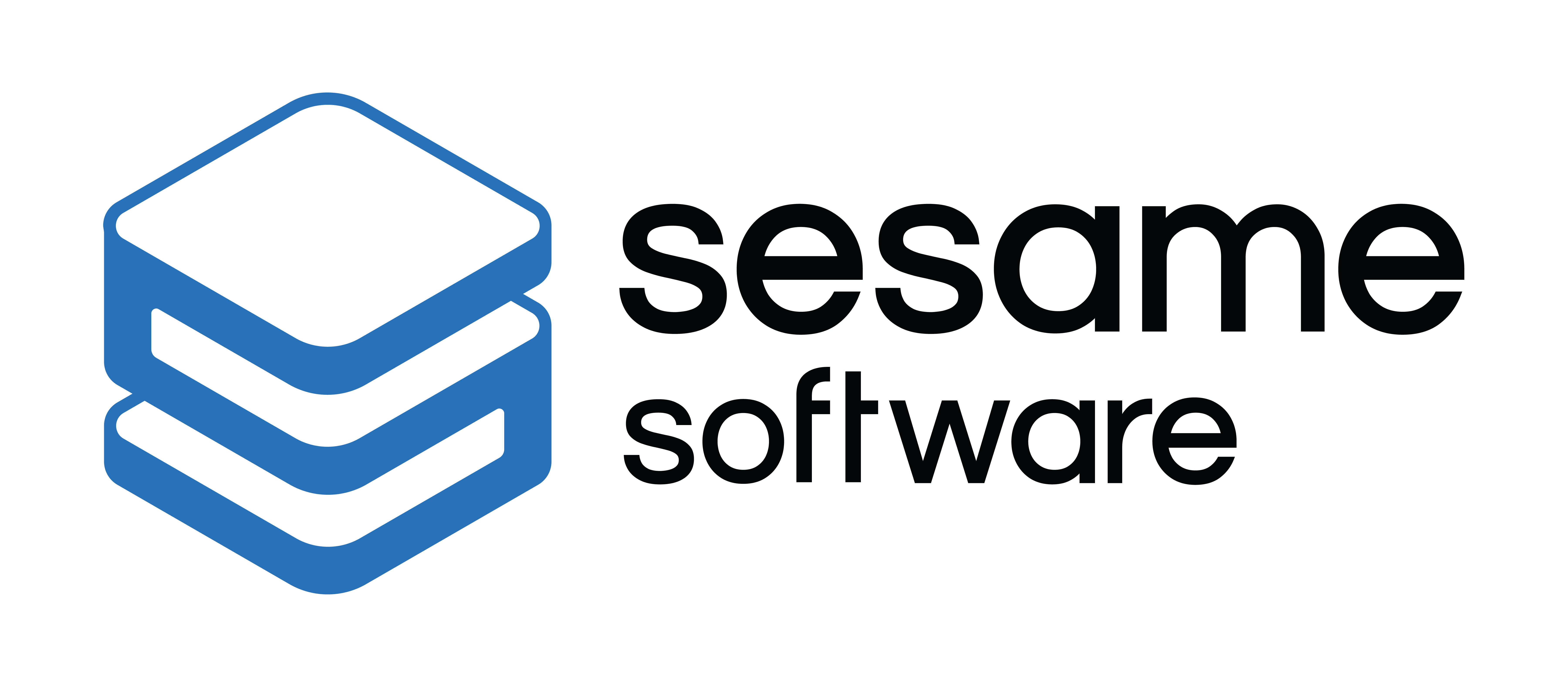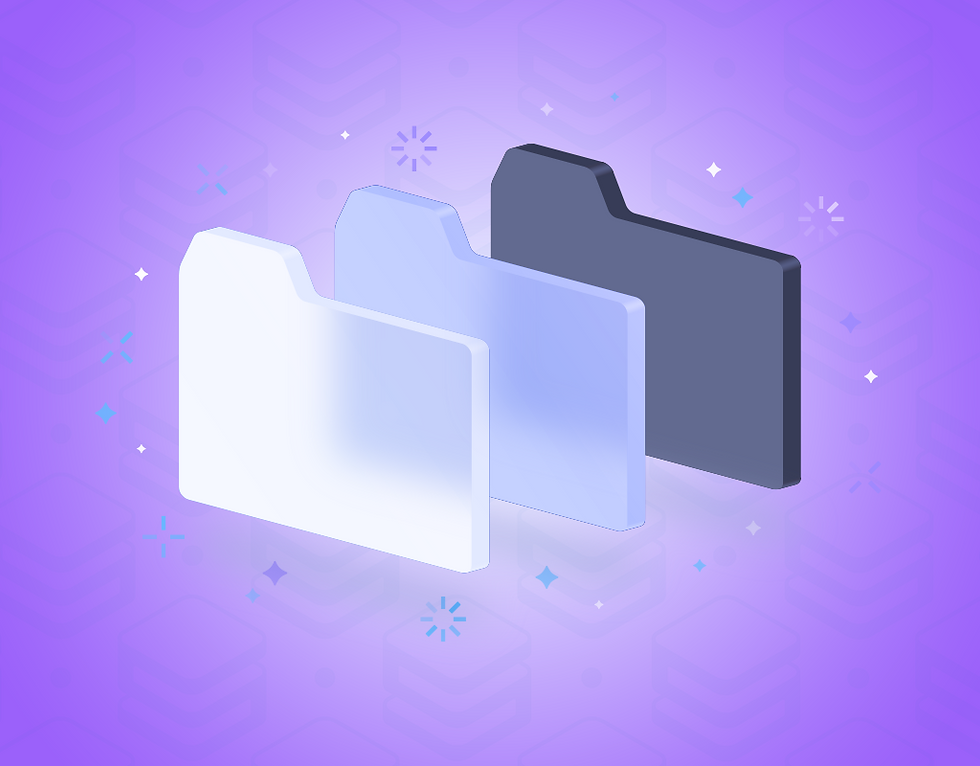Columnar Database vs. Relational Database: How Sesame Software Handles Both Efficiently
- Sesame Software

- Sep 11
- 2 min read
Updated: Sep 16
Data-driven businesses rely on two major database structures: relational databases for transactions and columnar databases for analytics. Each has unique strengths—and limitations. The relational vs columnar database challenge? Most organizations need both.
That’s where Sesame Software comes in. Our platform seamlessly moves data across both structures, ensuring speed, accuracy, and scalability without compromise.
What is a Relational Database?
Relational databases (RDBMS) organize data into tables with rows and columns. They’re ideal for transactional processing and structured queries. Popular platforms include MySQL, PostgreSQL, Oracle, and SQL Server.

Key advantages:
Data integrity: Built on ACID principles (Atomicity, Consistency, Isolation, Durability).
Complex joins: Handle relationships between data points.
Consistency: Reliable for day-to-day transactions.
Challenges:
Performance overhead: Joins across large tables slow queries.
Rigid structures: Requires normalized data, limiting flexibility.
Scalability limits: Struggles under massive data volumes.
Why Columnar Databases Are Different
Columnar databases store information by column rather than row, making them powerful for analytics and reporting. Examples include Amazon Redshift, Snowflake, Google BigQuery, and Vertica.

Key advantages:
Faster analytics: Query only needed columns, cutting I/O.
Compression: More efficient storage saves costs.
BI-ready: Perfect for dashboards, aggregations, and trend analysis.
Challenges:
Poor fit for transactions: Updating single rows is slow.
Not real-time: Better for batch analysis than live operations.
Why Most Businesses Need Both
Relational databases keep your operations running smoothly.
Columnar databases deliver insights at scale.Together, they provide the complete picture of your business.
But moving data between them isn’t easy. That’s where Sesame Software helps.
How Sesame Software Simplifies Data Movement
Our platform automates replication between relational and columnar databases with built-in optimization:
Data Chunking: Breaks large sets into manageable pieces to avoid deadlocks.
Incremental Updates: Replicates only new or changed records for efficiency.
Intelligent Checkpointing: Resumes from the last successful point if transfers fail.
Cross-platform compatibility: Works with leading RDBMS and columnar systems.
Result: Faster pipelines, fewer failures, and always up-to-date insights. Whether your data lives in Salesforce, NetSuite, Oracle, Redshift, BigQuery, or Snowflake, Sesame Software ensures secure, near real-time movement.
Next Steps
Discover why our ETL approach beats traditional methods.
Explore our connectors for Salesforce, NetSuite, Oracle, Redshift, BigQuery, and more.
Talk to a Data Expert to map the right pipeline for your data.
Relational vs Columnar Database Comparison FAQ
What’s the difference between relational and columnar databases?
Relational databases store data in rows for transactions. Columnar databases store data in columns for fast analytics.
Why would a business need both?
Transactional systems require relational databases, while analytics and BI depend on columnar structures. Together they provide a full operational + analytical view.
How does Sesame Software handle both?
By replicating data between relational and columnar databases with chunking, incremental loads, and checkpointing to ensure performance and reliability.
Which platforms are supported?
Popular relational (MySQL, Oracle, SQL Server, PostgreSQL) and columnar (Redshift, Snowflake, BigQuery, Vertica).
Found this post helpful? Share it with your network using the links below.



